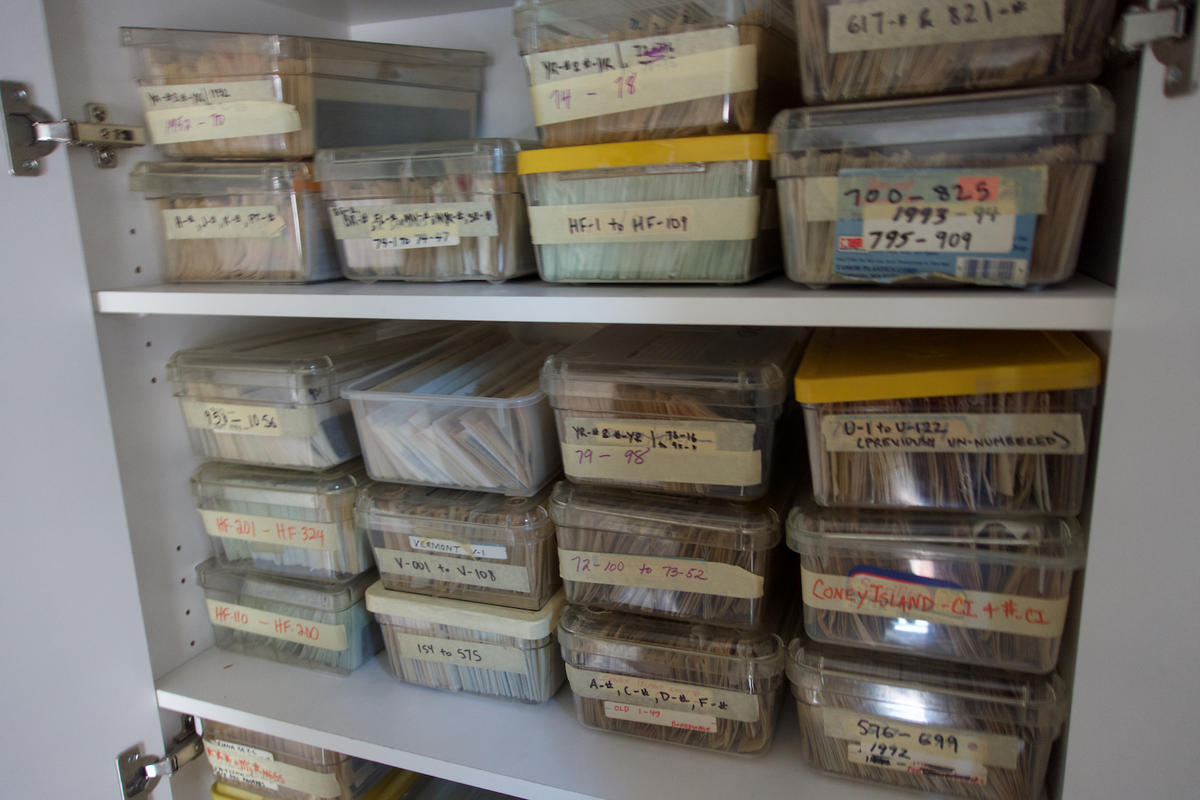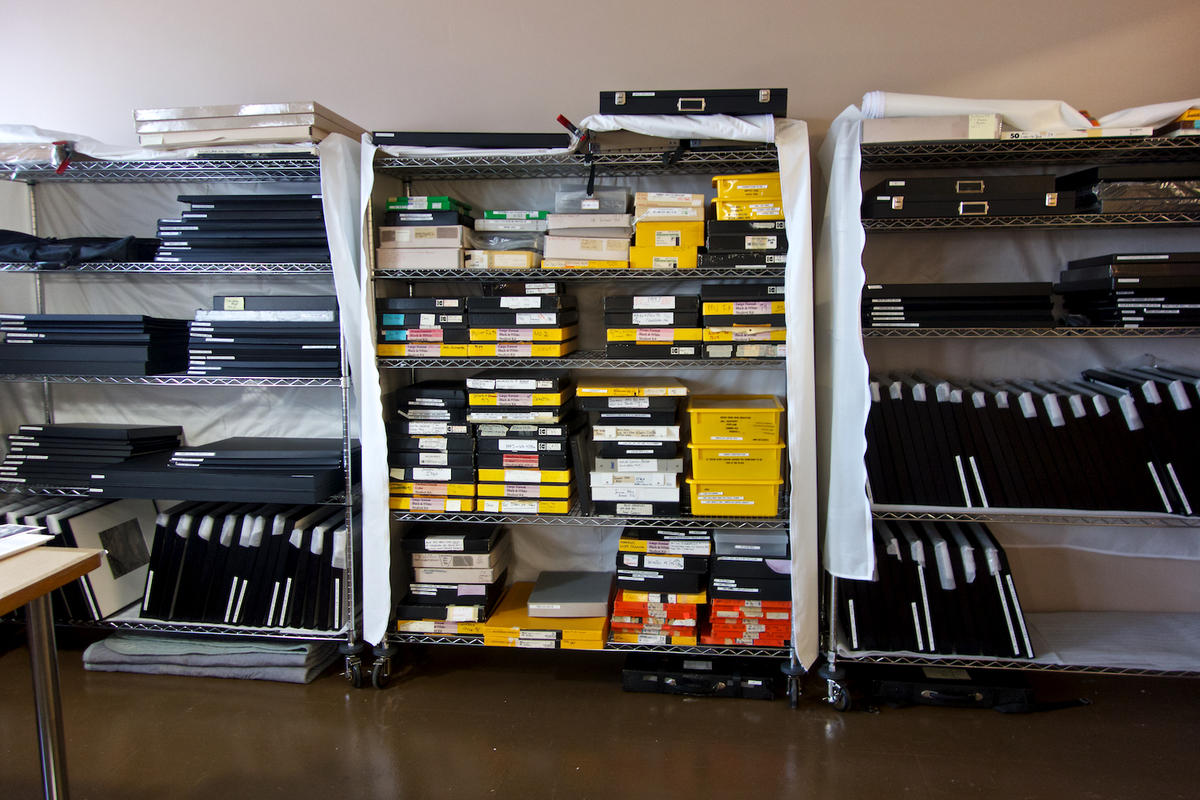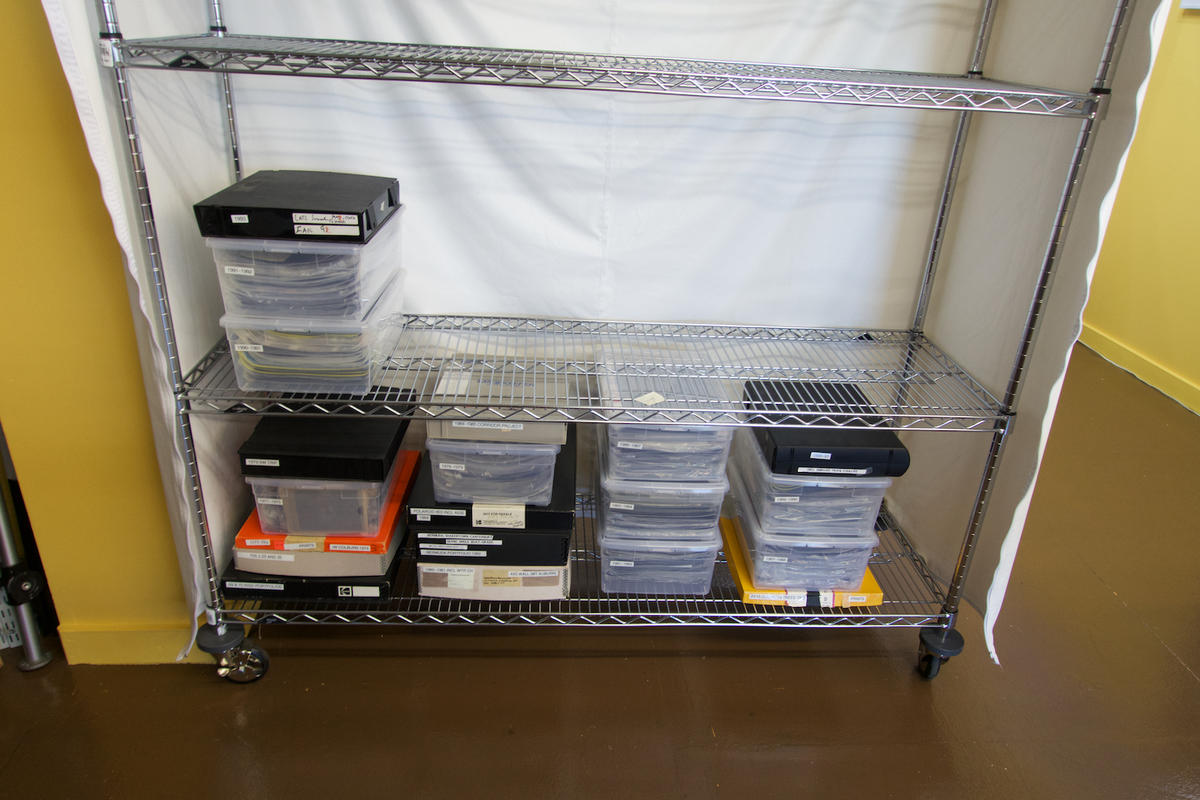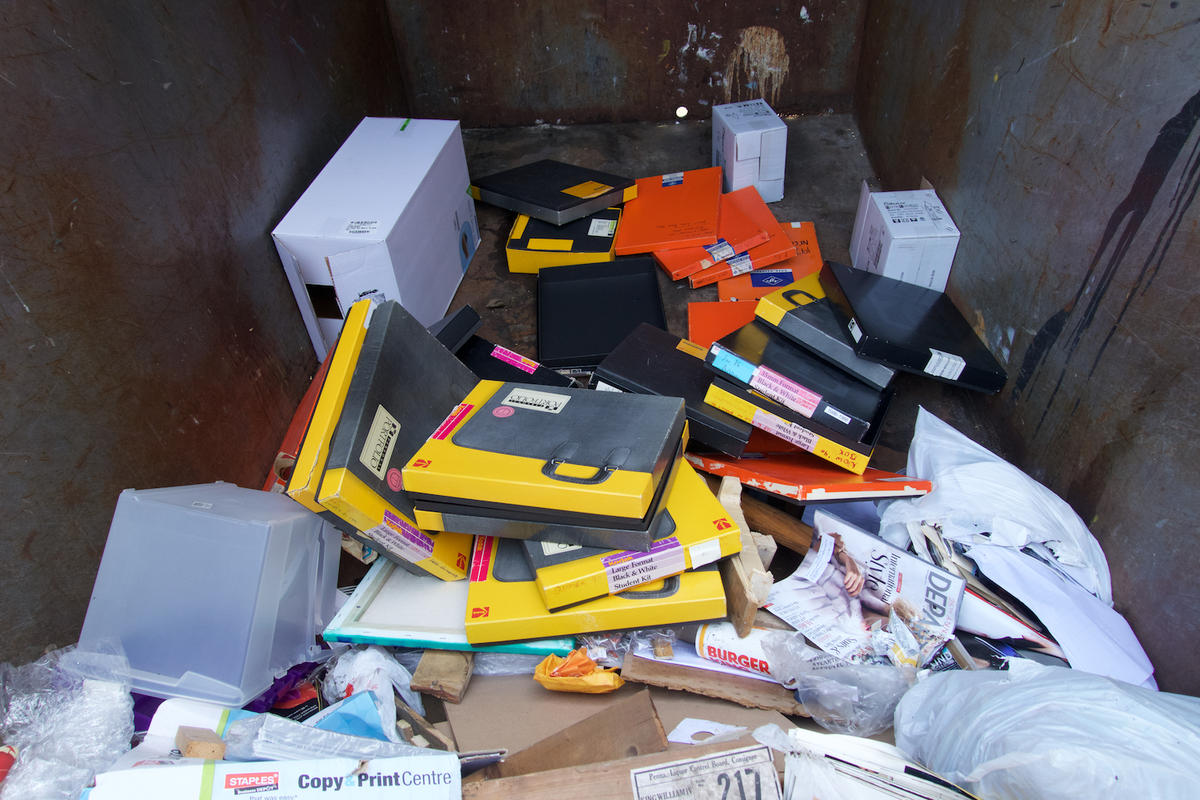The Full Monty
No, not that Full Monty. This is the kind of Full Monty you get if you go all out and get the luxe version, the car that's optioned to the nines, the five star hotel penthouse suite.
This Full Monty is the printing and mounting process I recently saw in action at Blazing Editions in East Greenwich, RI. The company calls what it does "Sublimated Metal Printing" and I had an extremely informative morning with Merry Varr who is head of their marketing, among other things.

Check out their site at: Blazing Editions
The process yields (most commonly) a very glossy and slick bleed-edge image that is embedded onto an aluminum substrate. Colors are bright and punchy and the images have great impact.

As there is nothing between you and the actual image there is no conflict, no barrier to seeing it in all its glory (or not, if the image isn't good). Aaron Siskind, my teacher way back in grad school, would have loved this process as he never wanted anything in front of his pictures.

By the way the photographs you see here are by Michael Tischler, as they are readying his work for a show. (Michael Tischler Photography)

Aluminum is a great surface to put a photograph on. It is inert, impervious to moisture, does not expand or contract, is stable, light in weight, won't bend or warp and is archival.
The process is simple but needs some amazing gear and some high end tech. First, the file is printed, in reverse, on a paper-like material that serves as the transfer sheet. It looks like this when printed on:
 which is faded out looking, almost desaturated as a print with no deep blacks. Here's what makes the print:
which is faded out looking, almost desaturated as a print with no deep blacks. Here's what makes the print:
 Regular large format printers, mostly Epson, that are loaded with dye sublimation inks.
Regular large format printers, mostly Epson, that are loaded with dye sublimation inks.
The aluminum sheet is cut to size by this:

The 4 x 8 Patriot Router, the coolest thing I've ever seen, that can cut shapes as well as squares and rectangles out of sheet aluminum that's been specially treated for dye sublimation.
Then the aluminum and the transfer sheet are put in this:

the sublimation press, which I called the "Sublimator" (of course) where it all cooks in there for a while at about 350 F and comes out, hot, looking like this.
 Bright and vibrant with deep blacks.
Bright and vibrant with deep blacks.
I know this has been a long blog, but bear with me for a minute. I know what you're thinking. This is some sort of slick, commercial display-type of presentation made to hang in some West Palm Beach Gallery or maybe in Aspen's gallery row, right? Slick, shiny, with impact and over saturated colors. Well, yes, it is appropriate in those uses but take a look at this:

This one is about 50 inches across, on a mat paper and looks simply gorgeous, with deep blacks and tremendous clarity, sharpness and fidelity. That's the one for me. Evidently for Jay Maisel, Joyce Tenneson and Bear Kirkpatrick too as they use Blazing Editions to make some of their prints. If you get a chance give Merry Varr (401-885-4329) a call and/or stop by to see what they do as it is most impressive. Pricing? Yeah, there is that. Compared to first rate mounting, over matting, framing with plexi or glass the prices are similar. Want to bring your work into contemporary practice? Don't like the face mounting system as it puts a " hazy screen" in front of your print? (face mounting can be viewed here: face mounting video). Try Sublimated Metal Printing. It also is tough and may be polished, cleaned and so on. It won't take being keyed but it is strong as the image is in the aluminum not sitting as a print on top of it. And finally, Blazing Editions is a full "service bureau" in that you send them your RTP file and they will make the mounted image. They also ship in custom made crates. As it turns out this kind of print ships easier due to its being thinner than frames and less bulky. Want to see samples? For $50 they will print your file on their 5 different surfaces in 8 x 10 inches.
Is this the future of still photography display?
Maybe.



 Old cardboard boxes used to store negatives in
Old cardboard boxes used to store negatives in








